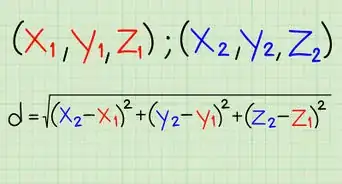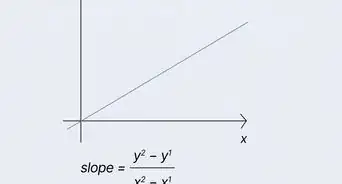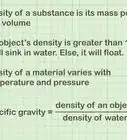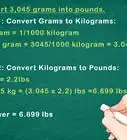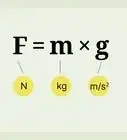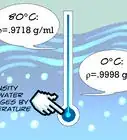wikiHow is a “wiki,” similar to Wikipedia, which means that many of our articles are co-written by multiple authors. To create this article, 18 people, some anonymous, worked to edit and improve it over time.
This article has been viewed 162,219 times.
Learn more...
Calculating the mass of an object is a necessary step in many science experiments and math problems. Without guidance it may seem impossible, but with these simple steps it'll be easy as pi.
Steps
Using a Triple-Beam Balance
-
1Set up the balance. Make sure the pan you will place your object onto is clean and dry.
-
2Zero the balance. Move all the weights to the zero position, then turn the knob on the far left beneath the scale pan. The scales should move around. Continue turning it in either direction until the white "pointer" line on the right of the beams lines up with the "0" marking on the right-hand side.[1]Advertisement
-
3Place the object in the pan. Be careful not to influence the weight of the object with your hand or other objects.[2]
-
4Move the weights. Slide the weights left and right on the beams until the two white lines at the right line up again. The most efficient way to do this is to make a rough estimate as to what you think the mass will be, and then move the highest value weight you think will still be lower than the mass. Move this weight until the pointer is just under 0. Then move on progressively to the next smallest weights to get closer and closer to the actual mass.[3]
-
5Read the mass. Add the measurement of each weight together. The total will be the mass of the object.[4]
Using the Density and Volume
-
1Know the equation. The set equation relating mass, density, and volume is D=m/v or density equals mass divided by volume.[5]
-
2Plug your values into the equation. If the density of your object is 500 kg/m3 (kilograms per cubic meter), then you put 500 in place of the D for 500=m/v. If your volume is 10 m3 (cubic meters), put 10 in place of the v for 500=m/10.[6]
-
3Isolate the variable. As you are trying to calculate mass, the variable in this equation is m. You want this value to end up alone on one side of the equal sign. In this equation, it is involved in division with another value. To isolate it, you must multiply both sides of the equation by this value. This equation becomes (500)10=(m/10)10.
- Isolating a variable is always done by performing the opposite mathematical function on both sides of an equation. If the variable is involved in addition, subtract the extra value from both sides, etc.
-
4Simplify. On the left side of the equation, 500 times 10 simplifies to 5000. On the right side, the two 10's cancel out, leaving the m alone. Thus the answer is 5000kg=m.
- Don't forget your units. The cubic meters have canceled each other out to leave only kilograms.
Calculator, Practice Problems, and Answers
Community Q&A
-
QuestionI need to find the density of an object. I know the volume and weight of the object but not the mass. Method 1 uses a scale: does that mean weight and mass are equal? Please clarify this relationship.
 DonaganTop AnswererFor practical purposes, weight and mass are the same thing. Mass is the amount of matter in an object. Mass does not depend on the object's location. Weight, on the other hand, is the measurement of gravitational pull on an object and can change with location.
DonaganTop AnswererFor practical purposes, weight and mass are the same thing. Mass is the amount of matter in an object. Mass does not depend on the object's location. Weight, on the other hand, is the measurement of gravitational pull on an object and can change with location. -
Question3 apples have a mean mass of 100 grams. The largest apple is removed, the mean mass of 2 remaining is 70 g. What is the mass of the largest apple?
 DonaganTop AnswererThe three apples weigh a total of 300 g (3 x 100). The two apples weigh a total of 140 g (2 x 70). Therefore, the largest apple weighs 160 g (300 - 140).
DonaganTop AnswererThe three apples weigh a total of 300 g (3 x 100). The two apples weigh a total of 140 g (2 x 70). Therefore, the largest apple weighs 160 g (300 - 140). -
QuestionHow do I calculate a mass of a stone?
 DonaganTop AnswererIf you know the volume and density, use Method 2 above. Otherwise, you'll have to weigh it.
DonaganTop AnswererIf you know the volume and density, use Method 2 above. Otherwise, you'll have to weigh it.
Things You'll Need
- Triple-beam balance
- Calculator or paper and pen
References
- ↑ https://www.physics.smu.edu/~scalise/apparatus/triplebeam/
- ↑ https://www.physics.smu.edu/~scalise/apparatus/triplebeam/
- ↑ https://www.physics.smu.edu/~scalise/apparatus/triplebeam/
- ↑ https://sciencing.com/read-triple-beam-balance-scale-6376341.html
- ↑ https://serc.carleton.edu/mathyouneed/density/index.html
- ↑ https://www.omnicalculator.com/physics/density
About This Article
To calculate the mass of an object, use the formula d=m/v, where d is density, m is mass, and v is volume. So, if the density of the object is 500 kilograms per cubic meter and the volume is 10 cubic meters, the formula would look like 500=m/10. Next, isolate the variable m by doing the opposite of what is currently being done with the variable. Since the variable is being divided by 10, you would multiply both sides of the equation by 10 and get 500(10)=(m/10)10. Finally, simplify and solve the equation to find the mass, which would be 5,000kg in this example. If you want to learn how to use a triple-beam balance to find an object's mass, keep reading the article!
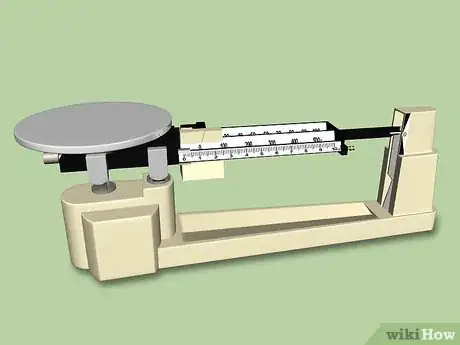
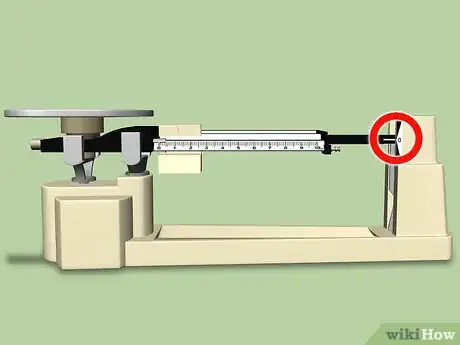
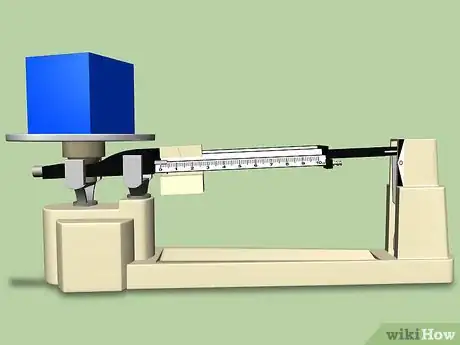
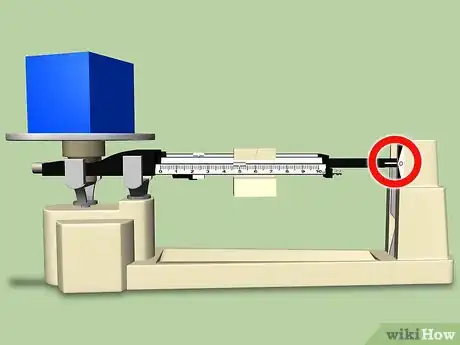
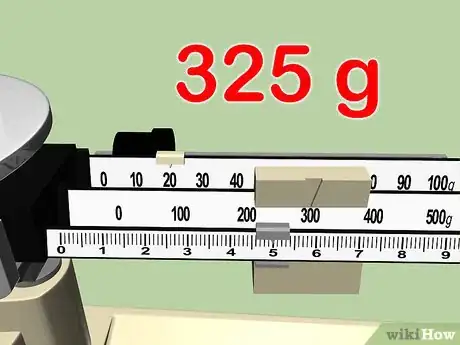

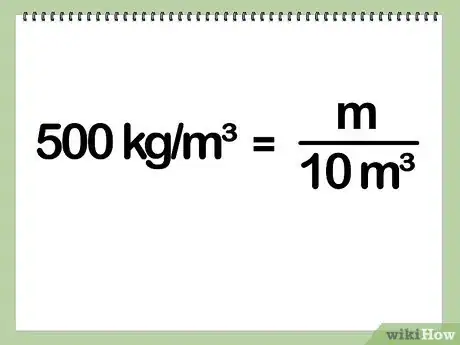
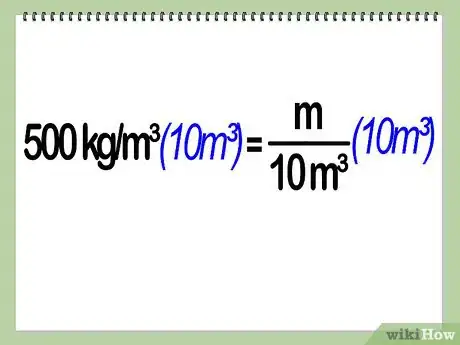
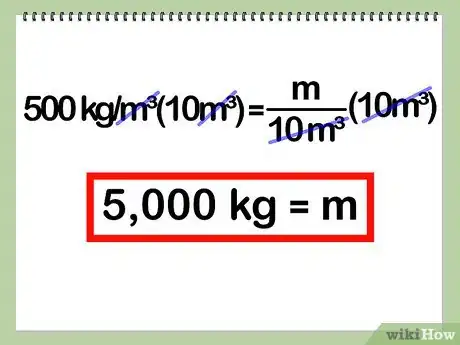
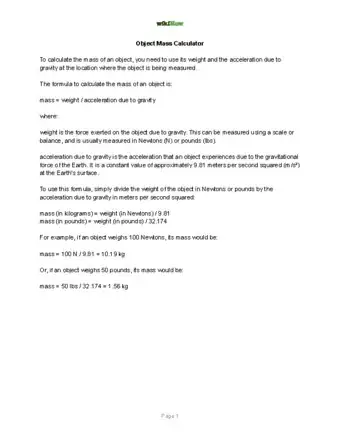
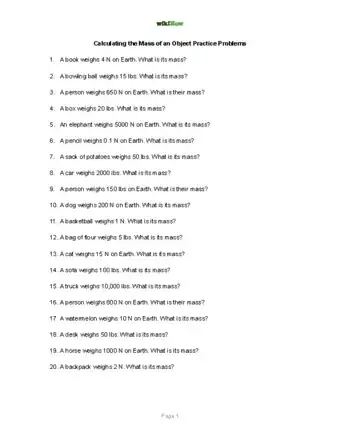

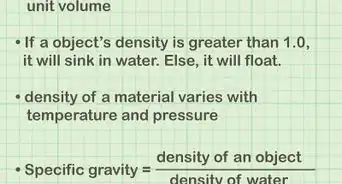
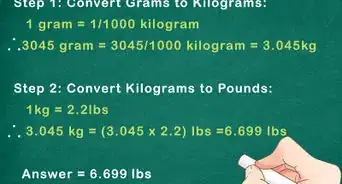
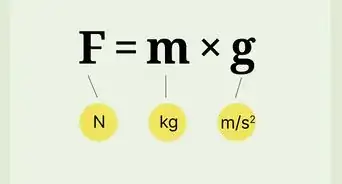




-Electric-Shock-Step-9.webp)
